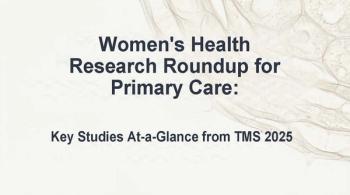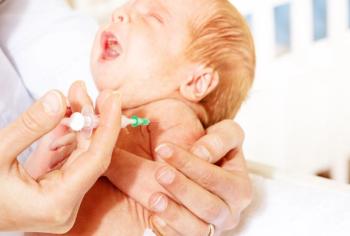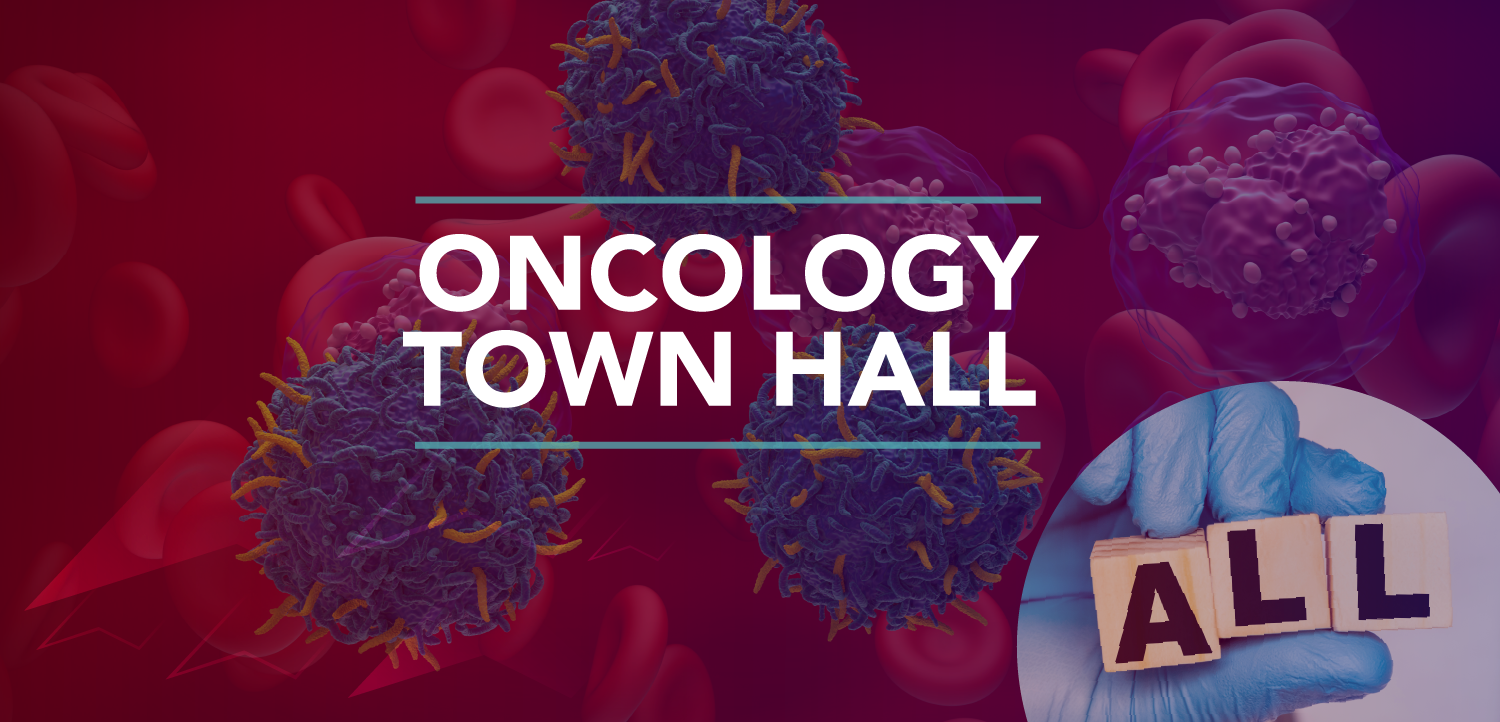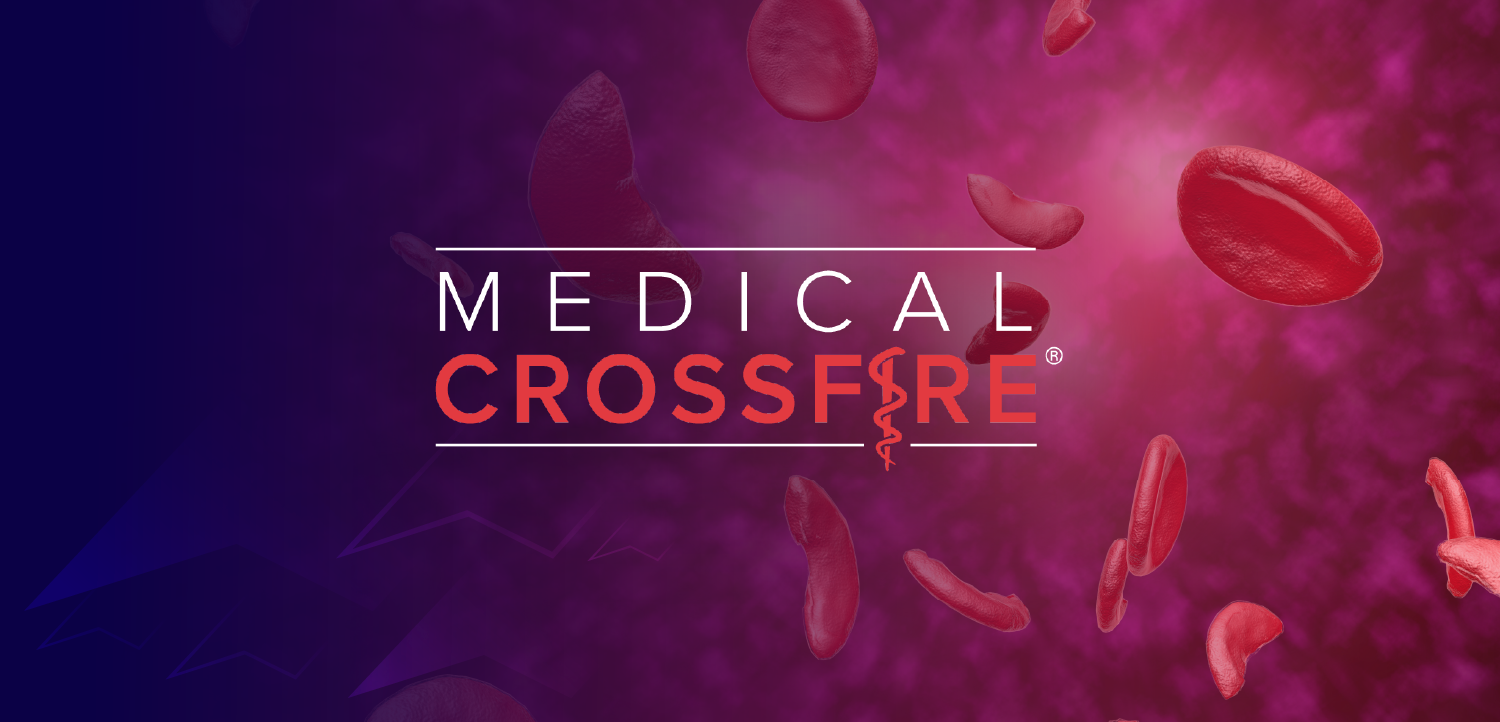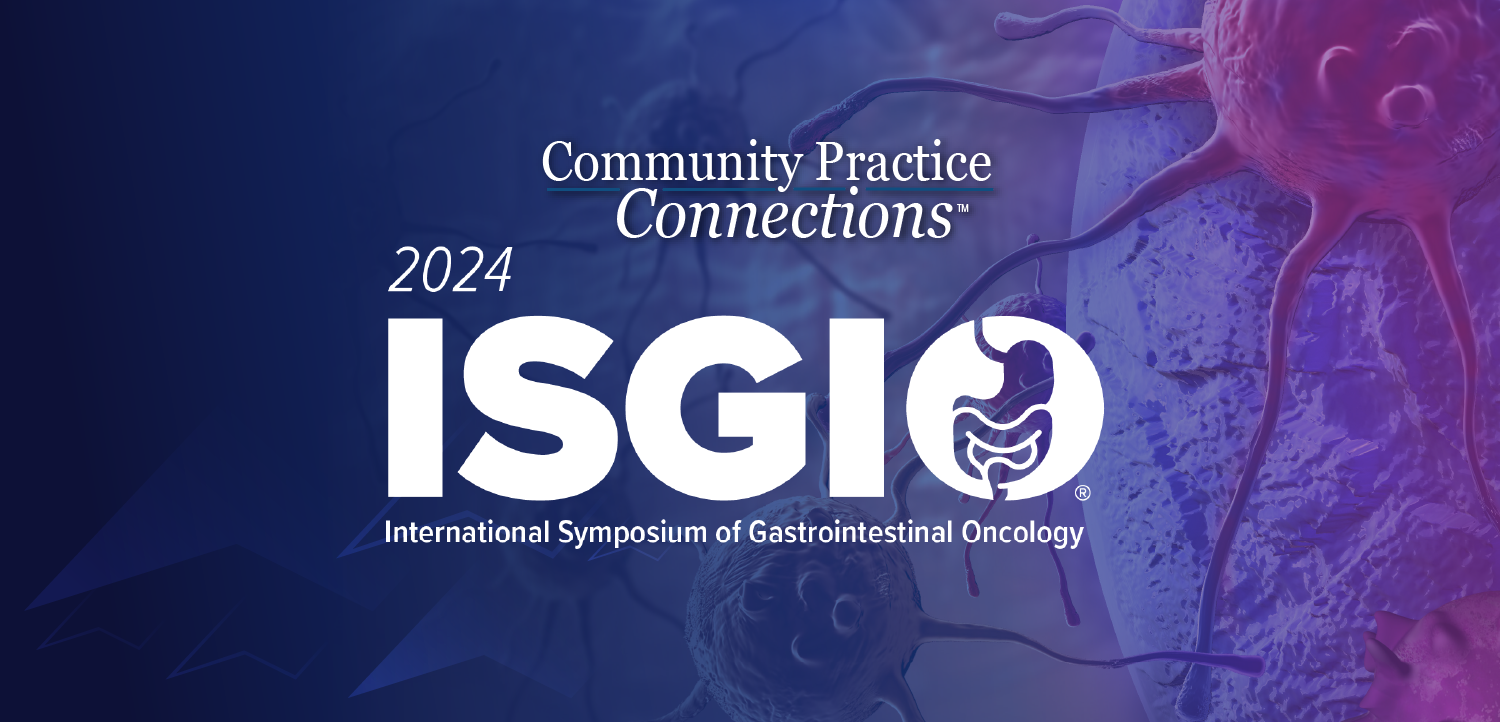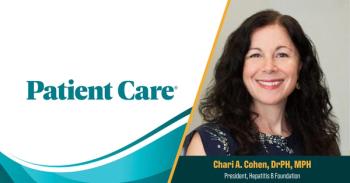
One in Ten Individuals Initiate GLP-1 Therapy Within 5 Years of Bariatric Surgery, Study Finds
In a trial of over 112 000 US adults, researchers found that 14% started a GLP-1 receptor agonist after bariatric surgery.
Approximately 14% of US adults who underwent bariatric surgery between 2015 and 2023 initiated glucagon-like peptide-1 receptor agonist (GLP-1) therapy within five years, according to a retrospective cohort study published August 27, 2025, in JAMA Surgery.1
The analysis, based on electronic health records of 112 858 adults from a multicenter national database, found that GLP-1 initiation was more likely among women, patients undergoing sleeve gastrectomy, and those with type 2 diabetes compared with their counterparts. Each 1-unit increase in postsurgical body mass index (BMI) was associated with an 8% higher likelihood of starting GLP-1 therapy.1
Of the patients included, mean age was 45.2 years and 78.9% were women. By race, 22.1% were Black, 64.2% were White, 1.1% were Asian, and 12.6% were categorized as other or unknown. Sleeve gastrectomy accounted for 66.5% of procedures and Roux-en-Y gastric bypass for 33.5%.1
Among 15 749 individuals who initiated GLP-1s, 21.5% started within two years of surgery, 32.3% within three to four years, 25.2% within five to six years, and 21.0% after six years. Semaglutide was the most commonly prescribed agent, used by nearly 58% of initiators.1
Regression analyses showed that women (adjusted hazard ratio [aHR], 1.61; 95% CI, 1.54–1.69), those undergoing sleeve gastrectomy (aHR, 1.42; 95% CI, 1.37–1.47), and individuals with type 2 diabetes (aHR, 1.34; 95% CI, 1.28–1.39) were significantly more likely to initiate GLP-1 therapy. Higher postsurgical BMI and weight recurrence also strongly predicted initiation.1
“These findings raise important questions for future obesity research,” senior author Hemalkumar Mehta, PhD, MS, associate professor, Department of Epidemiology, Johns Hopkins Bloomberg School of Public Health, said in a press release. “For example, what is the optimal clinical threshold for prescribing a GLP-1 in terms of timing and the patient’s relative weight after bariatric surgery?”2
In an accompanying commentary, Luke M. Funk, MD, MPH, of the University of Wisconsin-Madison, and colleagues pointed to the "substantial variability" in the timing of initiation after surgery observed in this study.3
"There is an urgent need for well-designed, prospective randomized clinical trials to define the optimal timing, duration, and effectiveness of GLP-1s and behavioral interventions in this context," they wrote.3
The authors noted that while bariatric surgery remains the most effective long-term intervention for obesity, up to 30% of patients experience suboptimal weight loss or weight regain. GLP-1s may represent an important adjunct to surgical treatment, particularly as evidence from clinical trials and observational studies has demonstrated their efficacy in weight management and diabetes control after surgery.1
Limitations include incomplete BMI data in the electronic health record and lack of information on insurance coverage or socioeconomic factors that may influence GLP-1 access. Nevertheless, the findings provide new insight into real-world prescribing patterns of GLP-1s after bariatric surgery.1
References:
- Kim M, Schweitzer MA, Kim JS, Alexander GC, Mehta HB. Use of Glucagon-Like Peptide-1 Agonists Among Individuals Undergoing Bariatric Surgery in the US. JAMA Surg. Published online August 27, 2025. doi:10.1001/jamasurg.2025.3089
- One in Seven Bariatric Surgery Patients Turn to New Weight Loss Drugs. News release. Johns Hopkins Bloomberg School of Public Health. August 27, 2025. Accessed August 28, 2025.
https://publichealth.jhu.edu/2025/one-in-seven-bariatric-surgery-patients-turn-to-new-weight-loss-drugs - Lauer KV, Harris DA, Funk LM. The GLP-1 era—what comes after bariatric surgery? JAMA Surg. Published online August 27, 2025. doi:10.1001/jamasurg.2025.3099
Newsletter
Enhance your clinical practice with the Patient Care newsletter, offering the latest evidence-based guidelines, diagnostic insights, and treatment strategies for primary care physicians.


